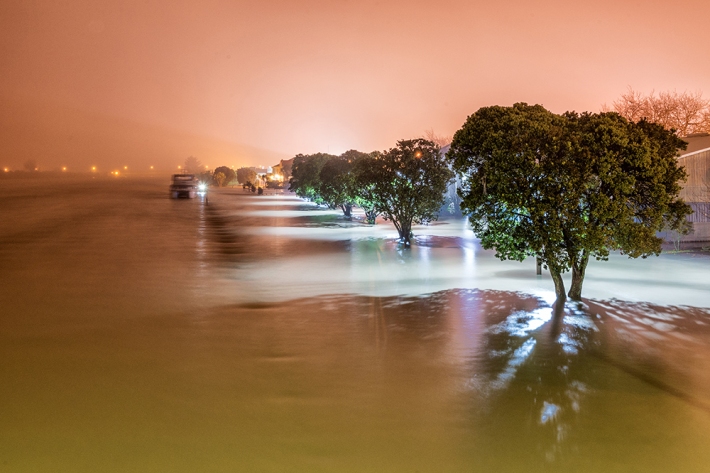-

Summer Series 8: The forces behind beach ‘foam’
News article06 June 2017 -

New map reveals New Zealand’s seafloor in stunning detail
News article06 June 2017 -

Tornadoes - how frequently do they hit New Zealand?
News article06 June 2017Tornadoes, like the one that hit Auckland's western suburbs today, are relatively rare events in New Zealand. -

Summer Series 5: Paua is a summer delicacy. Dig deep for the blackfoot sea snail!
News article06 June 2017 -

Summer Series 6: Nippy creatures that share your swim
News article06 June 2017 -

NIWA staff profile: Nava Fedaeff
Feature story06 June 2017At the age of seven, NIWA’s youngest climate scientist, Nava Fedaeff, swapped sub-arctic Siberia for balmy Auckland – and her first job was to learn to swim. -

New Zealand's Marine Realm
News article06 June 2017NIWA has transformed 1.5 million square kilometres of data into the most accurate and detailed map yet of the land underneath the sea around New Zealand. -

Understanding and predicting floods and their impacts
Feature story06 June 2017Floods are not unusual in New Zealand, but those that hit us early this winter broke records. Why did they occur? Should we expect more? Can we predict future floods? -

Investigating ocean acidification
Feature story06 June 2017The world’s oceans are acidifying as a result of the carbon dioxide (CO2) generated by humanity. -

Summer Series Week 4: Know your shells
News article06 June 2017If you're collecting sea shells at the beach this summer and wondering what they are, NIWA is here to help. -

Mussels: more, fresher, better
Feature story06 June 2017The seafood counter at your local supermarket has changed.
